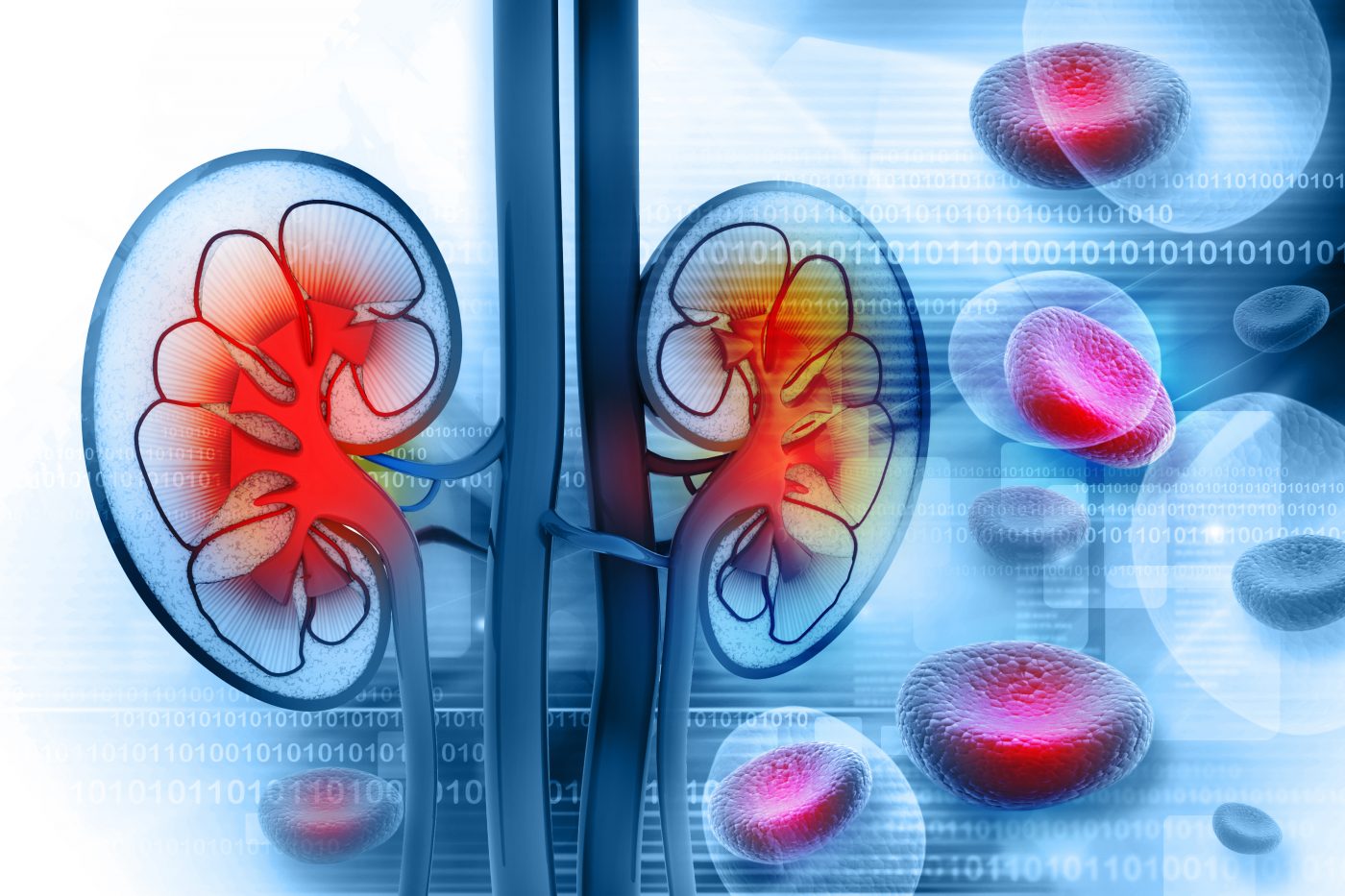Urine of Lupus Patients with Renal Failure May Carry Disease Biomarker

Researchers have identified increased exosomal microRNAs in lupus nephritis patients’ urine, and think it may prove to be a useful, non-invasive disease biomarker. Their paper, titled “Increased Urinary Exosomal MicroRNAs in Patients with Systemic Lupus Erythematosus,” was published in PLOS One.
Systemic lupus erythematosus (SLE), a chronic autoimmune disease, is characterized by intermittent exacerbations (flares) of such symptoms as inflammation and swelling of the joints, fatigue, skin rashes, and arthritis. As in other autoimmune diseases, the immune system of lupus patients attacks healthy tissue and can affect any tissue or organ of the body. The intermittent and unpredictable nature of the disease makes it challenging to diagnose, and there is no definitive lupus test. Current diagnosis is based on patients’ description of symptoms, clinical signs such as swelling and redness, and laboratory testings.
Researchers studied the concentration of microRNA molecules (miRNAs) in the urine of patients with lupus nephritis, a form affecting the kidneys. Recently, miRNAs have been under focus as possible biomarkers for several types of diseases, as changes in their cellular profile can correlate to different disease states. Moreover, these molecules are known to be involved in the regulatory mechanisms of renal function and development.
Extracellular miRNAs released into the urine circulate either bound to a protein or in exosomes, microvesicles secreted by different types of cells. Researchers set out to find if urinary miRNAs are concentrated inside exosomes, a controversial proposition, and if SLE with lupus nephritis changes the distribution pattern and overall levels of these molecules. The team, led by Dr Josep Redón, Science Director at the INCLIVA Institute for Biomedical Research in Valencia, used ultracentifugation to isolate the exosomes in the urine. The team then quantified the concentrations of miRNAs associated with lupus disease. Results showed that patients with active lupus nephritis had higher concentrations of urine miRNAs compared to a non-lupus control group. Moreover, “the greater the extent to which the kidney is affected, the higher the concentration of miRNAs, primarily miR-146a, in the exosomes isolated from the extracellular vesicles, which is not something that holds true in the urine as a whole,” said Dr. Raquel Cortes, a postdoctoral researcher and study author, in a press release.
These findings highlight miRNAs as potential biomarkers of the disease, and a non-invasive approach of increasing interest and potential utility. As Dr. Cortes noted, “ultracentrifugation is not a method that can be unilaterally rolled out for diagnostic purposes, which is why various companies are developing protocols for a faster, simpler way to extract exosomes from extracellular vesicles, an important process applicable across a range of illnesses.” The study’s findings also suggests that extracellular vesicles, carriers of molecules between cells, have a potential regulatory role in autoimmune diseases, though that role is not yet well understood.






